3 R’s You Should Know
R22 Refrigerant Replacement
So you have 3 choices to make about R22 refrigerant replacement –
- Recharge
- Retrofit
- Replace
You may have already heard that R22 refrigerant will no longer be legal in the US after December 31st of this year. Since the early 90’s, R22 refrigerant (sold under the brand name Freon) has been phased-out because it’s harmful to the ozone layer.
Most air conditioning units that are older than 7 years use R22. In 2010, R22 was no longer manufactured or imported into the US. That means your R22 system is obsolete and can’t be repaired.
If you want to know all about air conditioner refrigerants, check out our article, The Secret About Air Conditioner Maintenance That’ll Keep You Up at Night.
Stay Cool – ACT NOW!
Here’s what you can do.
Recharge
You may be fortunate that your R22 air conditioning system still works, keeping you nice and cool during those hot summer days.
Still, doing nothing about your R22 system is not really an option.
Here’s why.
Age eventually catches-up with an air conditioner. That’s why we recommend an annual air conditioner system inspection to repair any possible leak issues.
However, wear and tear at multiple joints in the system inevitably lead to a refrigerant leak. And when leaks do happen, they can be very expensive to fix. R-22 refrigerant is expensive – adding just 7 lbs of it could easily cost you $700.
And by the end of the year, you won’t be able to recharge your R22 system AT ALL, for any price.

Stay Cool – ACT NOW!
Retrofit
The industry has changed from refrigerant technology from R22 to R410a, which you may know as Puron. R410a has a higher safety rating and doesn’t affect ozone at all. And it’s even more energy-efficiency than R22.
Unfortunately, you can’t just replace R22 with R420a without upgrading the equipment as well. A licensed HVAC tech has to replace the compressor, evaporator and condenser.
In addition, they must insure that the copper lines and seals can withstand the pressures of R410a. They may have to replace seals or re-braze connections.
And once that’s completed, they still have to painstakingly vacuum even last drop of moisture from the system. R410a breaks-down quickly if any trace of water is present.
In the end, most HVAC techs would not recommend spending the money to retrofit an old R22 system. Retrofitting a system, when done properly, can cost the homeowner as much, or more, than just buying a new unit that uses R410a. And in most cases, retrofitting an R22 system voids the warranty.
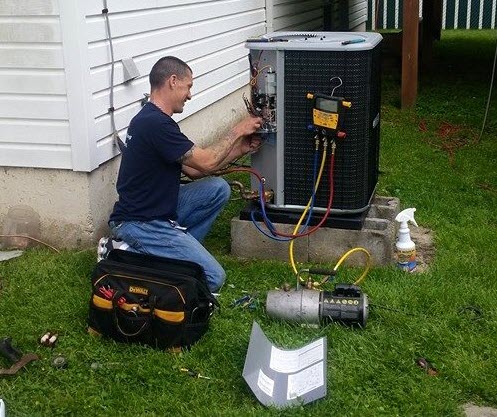
Replace
The most straightforward option is to buy a new R410a air conditioning system.
By installing a new air conditioning system with R-410A, you’ll enjoy some extra benefits:
You may qualify to take a deduction on your federal tax. In addition, many city governments offer tax credits toward property tax.
Since R410a is more efficient, you could save money on your monthly electric bill. Newer systems are also cheaper to maintain, adding even more savings.
If your system is older than 10 years, then you’ll likely benefit from just the efficiency improvements alone. Today’s technology requires far less electricity, and you’ll see the difference in your energy bill.
You can also feel better knowing your AC is environmentally friendly.
R22 Refrigerant Replacement – Not “If” But “When”
By December 31st of THIS YEAR, R22 refrigerant will no longer be available in the US. That leaves you with a decision to make:
Recharge, Retrofit or Replace.
You can cross your fingers and hope your old R22 system keeps working a little longer. But eventually, it will fail. When it does, you may not have time to shop around for the best replacement deal. That means you could end up spending more money than you have just to keep cool.
You can upgrade your current system to 410a. But that can be even more expensive and time-consuming than merely replacing it with system specifically designed to use 410a.
Replacing your old system means you can start enjoying the efficiency and energy savings of a modern air conditioning system today. Why wait?


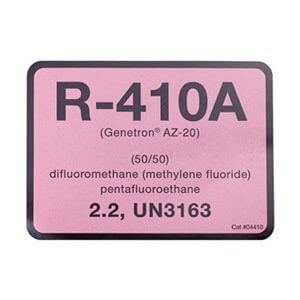
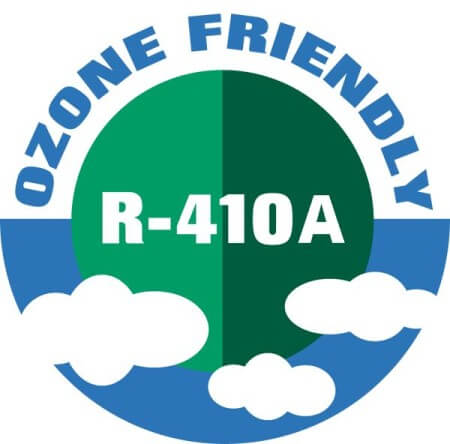

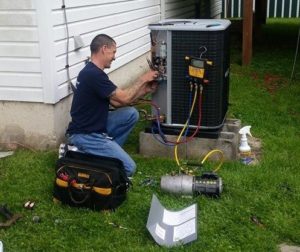
 How to Avoid AC Failure In 3 Easy Steps
How to Avoid AC Failure In 3 Easy Steps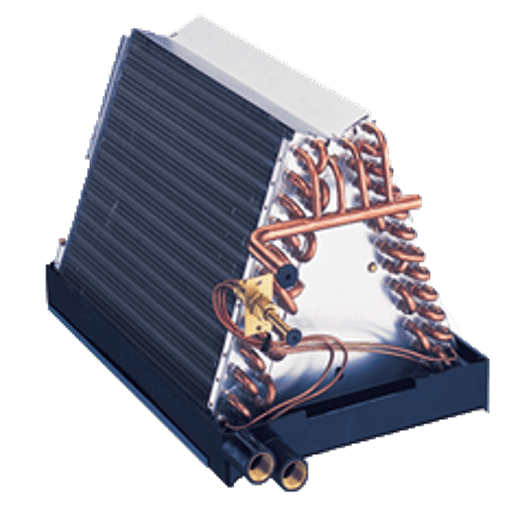 Forgotten Heroes of Air Conditioning Service
Forgotten Heroes of Air Conditioning Service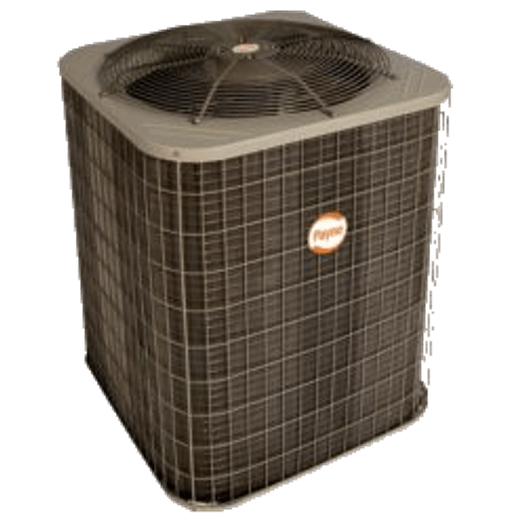 What the World Would Be Like If Air Conditioning Repair Didn't Exist
What the World Would Be Like If Air Conditioning Repair Didn't Exist How to Save Money on Air Conditioner Cleaning Service
How to Save Money on Air Conditioner Cleaning Service